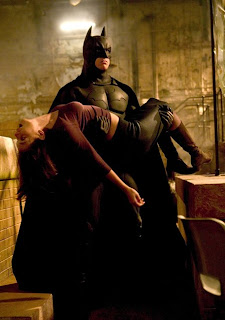NARRATIVE
Narrative: Film narrative is the depiction in the medium of film of a series of events in cause and effect relationship occurring in time. Aka what happens in a film.
Narration: How the narrative is presented to the audience.
There is a basic structure of narrative, its called a Three-Act Structure and it consists of 4 stages - The Four- Part structure, which can be seen in basically every film seen today.
1. Exposition - Introduces characters and dramatic action. It also establishes the setting which leads to a turning point.
2. Complicating Action - Protagonist faces obsticals in pursuit of goals.
3. Climax and Resolution - Protagonist confronts opposition, question of whether the goal will be achieved or not.

4. Epilogue/Coda

As i said before nearly every film has this structure, though now writers are updating the structure as the viewers expect more interesting and complex narratives so they use subversion, which breaks up the chronological order of the film, for example: Flashbacks, Flashforwards and Parallel storylines.
NARRATIVE THEORIES:
Propp's Theory: He proposed that it was possible to classify the characters and their actions in clearly defined roles and functions. The model is useful though it highlights the similarities between really different stories.
Todorov's Theory: Suggested that most narratives start with a state of equilibrium where life is 'normal'. The equilibrium is then disrupted and the remainder of the film sees the protagonist return to a state of equlibrium. This model can be applied to a range of films.
Barthes' Codes: He said that narrative works with 5 different codes which activate the reader to make sence of it.
| Enigma Code: | Something the audience does not know. A narrative device that teases the audience by presenting a puzzle or riddle to be solved. Working to delay the story's ending. |
| Action Code: | Something the audience knows and don't need explaining. (E.g. Packing a suitcase in a hurry connotes running away). A narrative device by which a resolution is produced through an action. |
| Semic Code: | Using hints (E.g. Mansion, Sports car, Butler, Posh classical music) to connote certain concepts such as wealth. (denotation) |
Symbolic Code: | A structure which organizes meaning such as through the use of binary opposites. (connotation) |
Cultural/Referential Code: |





No comments:
Post a Comment